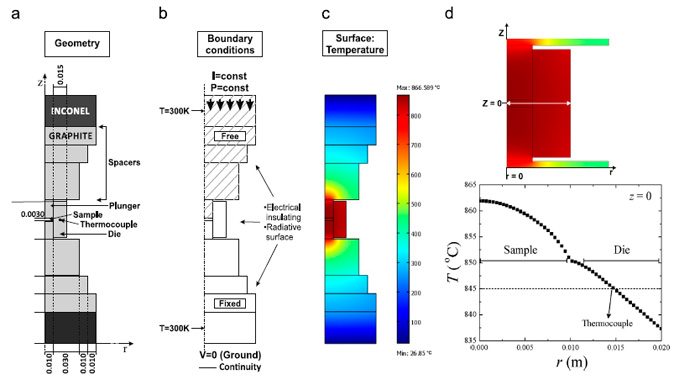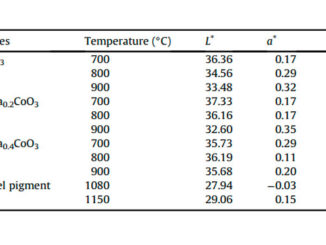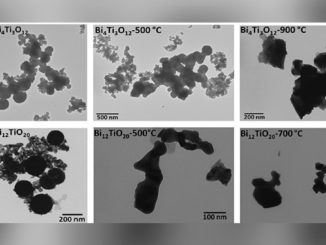
Writers: E. Govea-Alcaidea, J.E. Pérez-Fernándeza, I.F. Machadob, R.F. Jardimc,
Keywords: Bi-based superconductor; Granular material; Spark-plasma sintering; Finite element method; Transport properties
Abstract: Pre-reacted powders of (Bi–Pb)2Sr2Ca2Cu3O10+δ (Bi-2223) were consolidated by using the spark plasma sintering (SPS) technique under vacuum and at different consolidate temperatures TD. X-ray diffraction patterns revealed that the dominant phase in all SPS samples is the Bi-2223 phase, but traces of the Bi2Sr2CaCu2O10+x (Bi-2212) phase were identified. We have found that the transport properties of SPS samples depend on their oxygen content because the SPS process is performed under vacuum. Simulations by using the finite element method (FEM) were performed for determining the actual temperature in which powders are consolidated. From these results we have inferred that SPS samples are oxygen deficient and such a deficiency is more marked near the grain boundaries, suggesting the occurrence of grains with core–shell morphology. We also argued that the width of the shell depends on the consolidation temperature, a feature corroborated by the FEM simulations.




